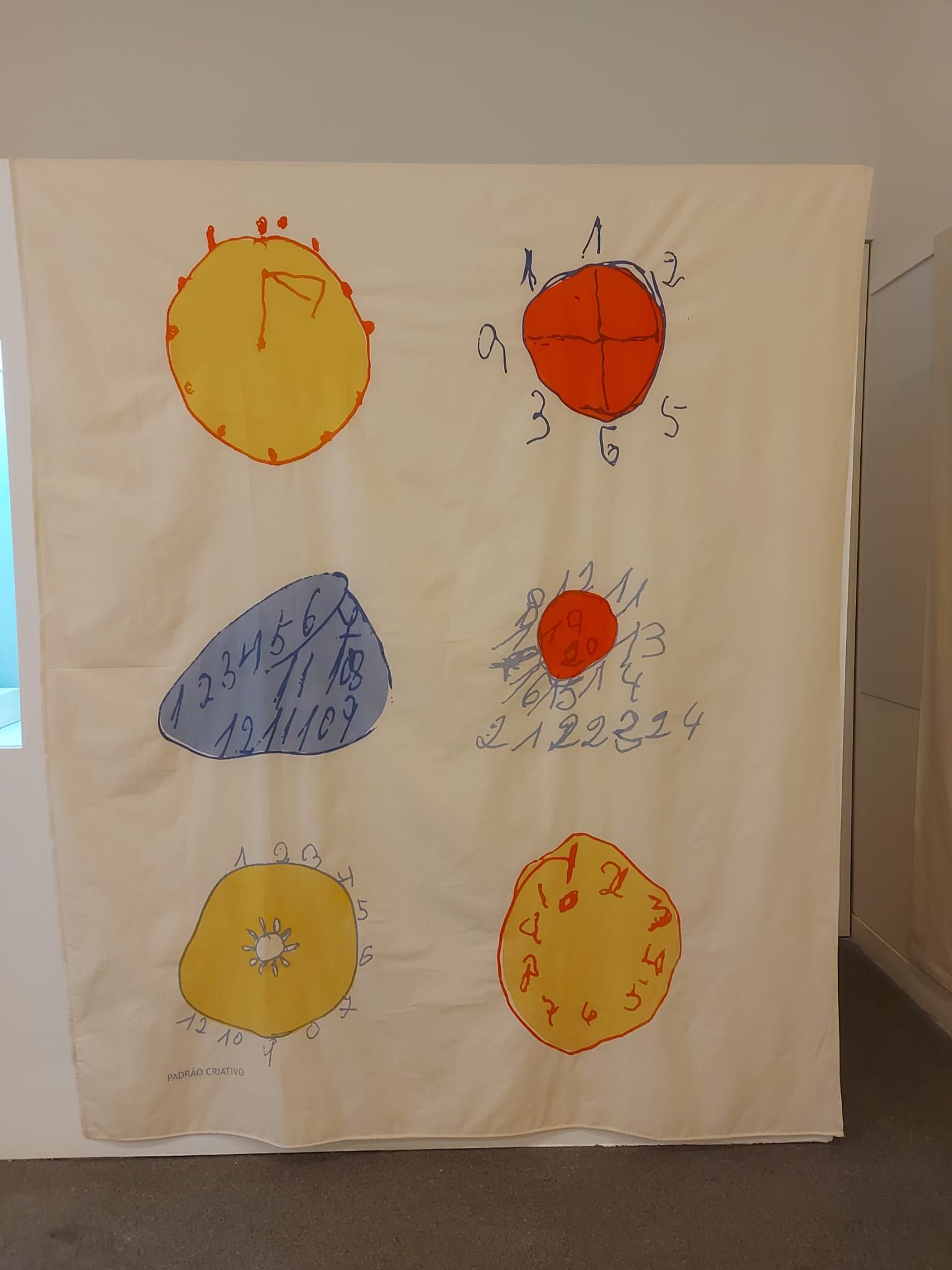In this context, the Machado Castro Museum, in Coimbra, hosts the exhibition “Drawing Time – The Clock Drawing Test”, which ends on 28 August.
The exhibition focuses on the Clock-Drawing Test. The test was conceived in 1956 by Battersby. The aim would be to assess visual and spatial deficits in certain parts of the brain, namely the right cerebral hemisphere. Given the evaluation of the clock design, which the patient is asked to draw at 11:10 am, it is possible to make a diagnosis of different types of dementia, including Alzheimer's.

The exhibition is present in the last exhibition room of the Machado Castro Museum but can be visited for free, however without giving visitors access to the rest of the museum's exhibition.
In the room where the exhibition is located, there are several clocks drawn by the patients, where underneath it is described what type of dementia the person has, according to how the clock was drawn.

Around you can see people shocked by the way some clocks are designed. In one part of the exhibition, it shows how several people, according to their level of education, design a clock that marks 11:10 am. These factors are also considered when diagnosing a person who shows symptoms of dementia.

The purpose of the exhibition is to alert people to the theme of neurological diseases, as well as to clarify a study carried out by Portuguese people. The Portuguese study joined 630 individuals, where more than half were women. In the end, it was concluded that the level of education and age are the only variables that affect the results of the TDR.
Entrance to the exhibition is free, however, to complete the visit, of the museum you must purchase a ticket for 6 euros.









